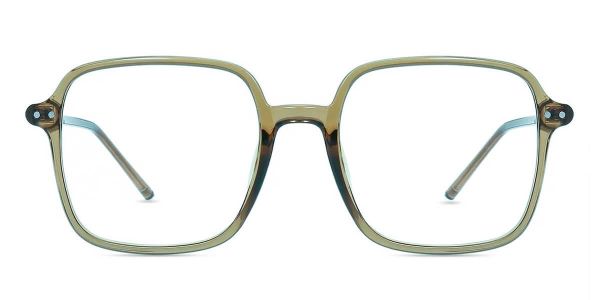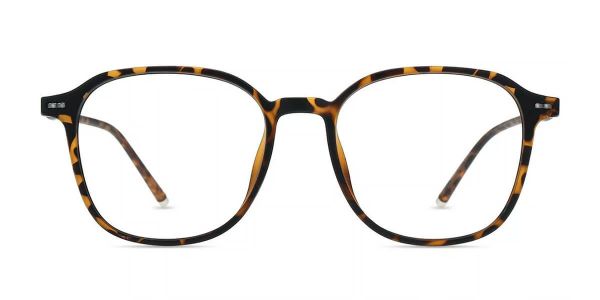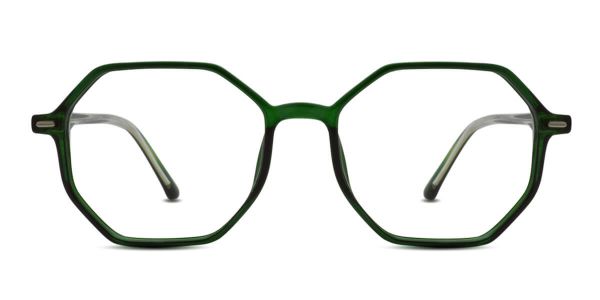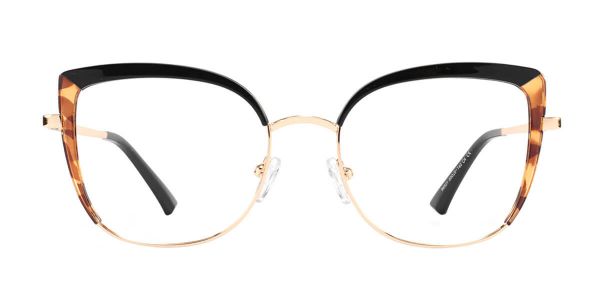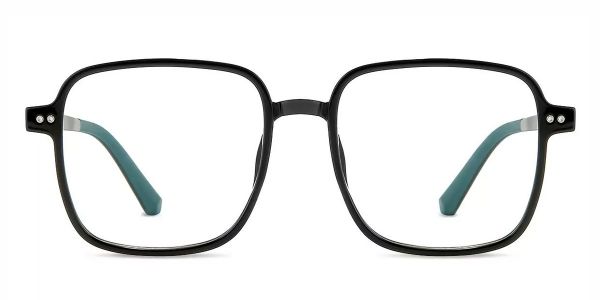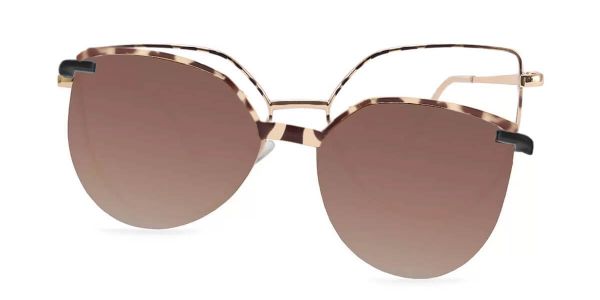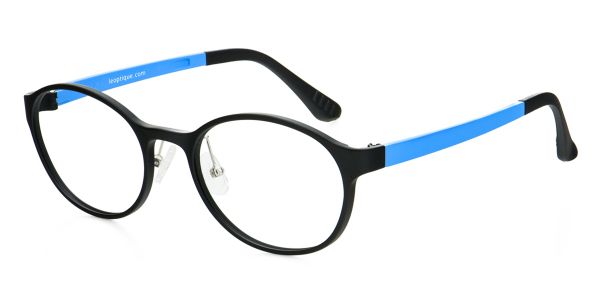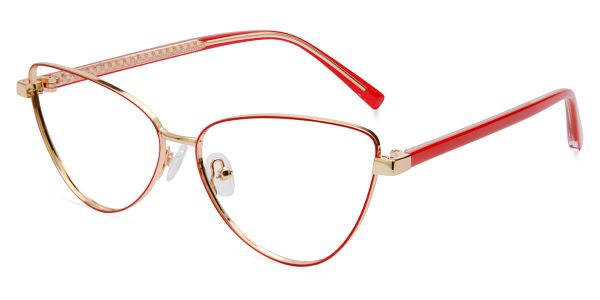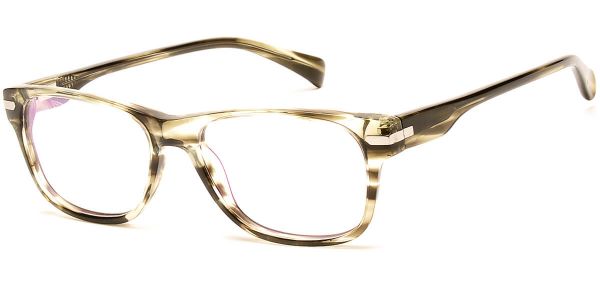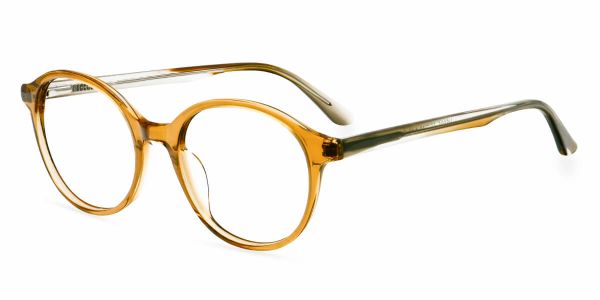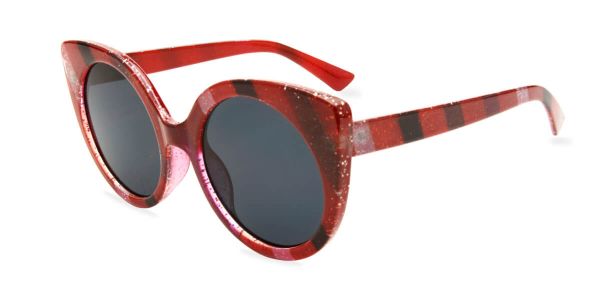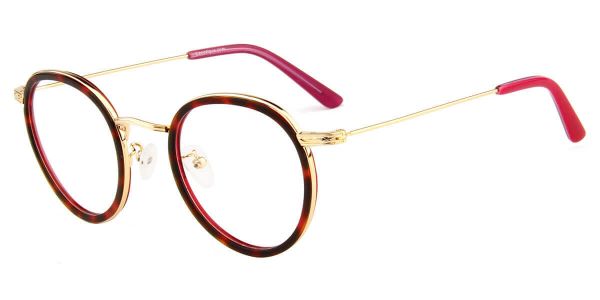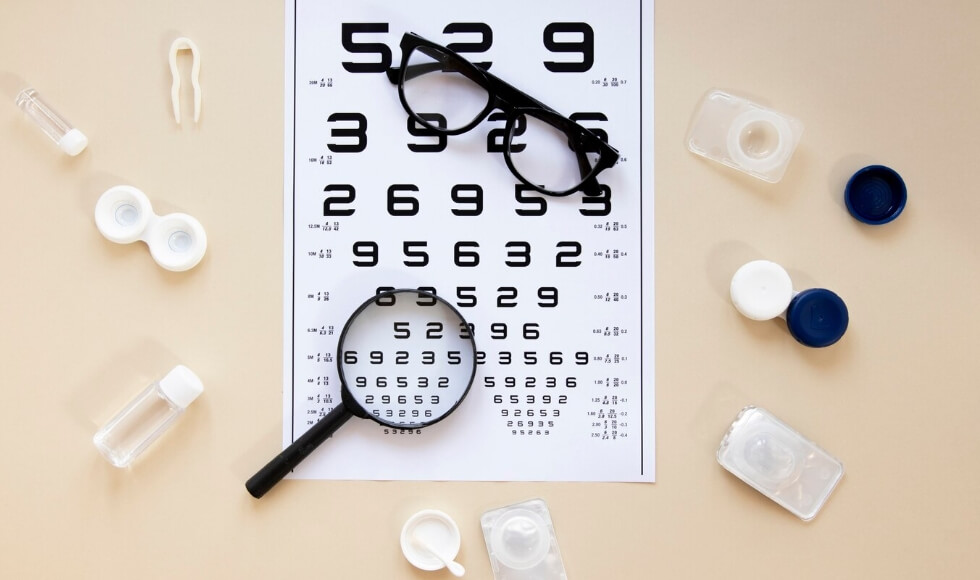
Are you considering making the switch from traditional eyeglasses to contact lenses? Understanding the conversion between eyeglass prescriptions and contact lens prescriptions is crucial for a smooth transition. Here's a handy guide to help you navigate this process.
-
Up to 400 Degrees: Equivalent Prescriptions If your eyeglass prescription is 400 degrees or below, your contact lens prescription is likely to be equivalent.
-
400 to 500 Degrees: Adjusting for Clarity For eyeglass prescriptions between 400 and 500 degrees, adjust your contact lens prescription by subtracting 25 degrees for nearsightedness or adding 25 degrees for farsightedness.
-
500 to 700 Degrees: Fine-Tuning the Prescription In the range of 500 to 700 degrees, subtract 50 degrees for nearsightedness or add 50 degrees for farsightedness to determine your contact lens prescription.
-
700 to 900 Degrees: Precision Adjustments If your eyeglass prescription falls between 700 and 900 degrees, adjust by subtracting 75 degrees for nearsightedness or adding 75 degrees for farsightedness when determining your contact lens prescription.
-
900 to 1100 Degrees: Making Significant Changes For eyeglass prescriptions ranging from 900 to 1100 degrees, subtract 100 degrees for nearsightedness or add 100 degrees for farsightedness to find your contact lens prescription.
It's important to note that contact lenses are generally suitable for individuals with simple myopia (nearsightedness). Before making any changes, consult with your eye care professional to ensure that contact lenses are suitable for your eyes. A thorough examination will help determine the most accurate prescription tailored to your unique eye characteristics.
Remember, eye health is paramount, and proper care is essential when it comes to contact lens use. Always follow your eye care professional's recommendations for the best results.
Embarking on the journey of contact lens wear can be exciting, and understanding the prescription conversion process will make the transition smoother and more comfortable for your eyes. Always prioritize your eye health and seek professional advice when in doubt.

